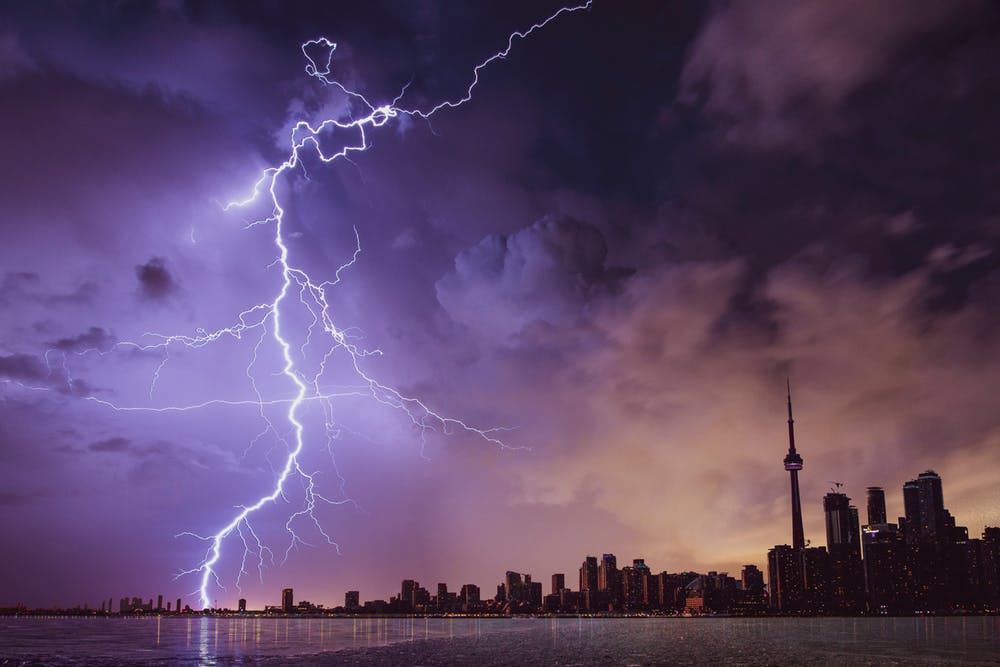Treatment
In general, if you have no symptoms and a normal ECG, you may be sent home with a referral to any specialists if needed.
The doctor will treat those injuries that are discovered on the physical examination.
- Head injury indicated by a loss of consciousness and or confusion is frequently treated by observation in the hospital.
- Possible injury to the heart that shows up on an abnormal ECG or in blood enzyme levels is usually managed in the hospital by observation and medicine if needed.
- Ear and eye injuries are treated as needed with referral to an appropriate specialist.
- Keraunoparalysis is usually temporary but may require observation in the hospital.
- Spine injuries usually require hospitalization for observation or surgical stabilization.
- Broken bones may be treated with splinting or may require surgery.
- Symptoms of nerve injury (numbness, tingling) can generally be monitored by a neurologist
Lightning is consistently among the top five weather-related killers.
- In typical years past, lightning killed more people in the United States than any other natural disaster (with the exception of flash floods), including tornadoes.
- Most people killed or injured by lightning are outside doing recreational activities such as fishing, boating, swimming, or playing sports.
- Others are working outdoors at construction jobs. Farmers are often struck, too.
What are the different kinds of lightning strikes?
Injury from a lightning strike may occur in any of these ways:
- Direct strike: Lightning directly strikes a person.
- Contact strike: A person is touching an object (such as a tree or pole) that has been struck by lightning.
- Side splash: Lightning jumps from the primary strike object on its way to the ground.
- Ground strike: Lightning strikes the ground and the current spreads out in a circle from that spot.
- Blunt injury: A person is thrown violently from the lightning strike or from the explosive force that occurs as surrounding air is superheated and rapidly cooled.
- Upward streamer: When a low-energy electrical charge streams upward to meet a downward leader, it may carry enough current to cause electrical injury even if it does not connect with the downward current to complete the lightning strike.
